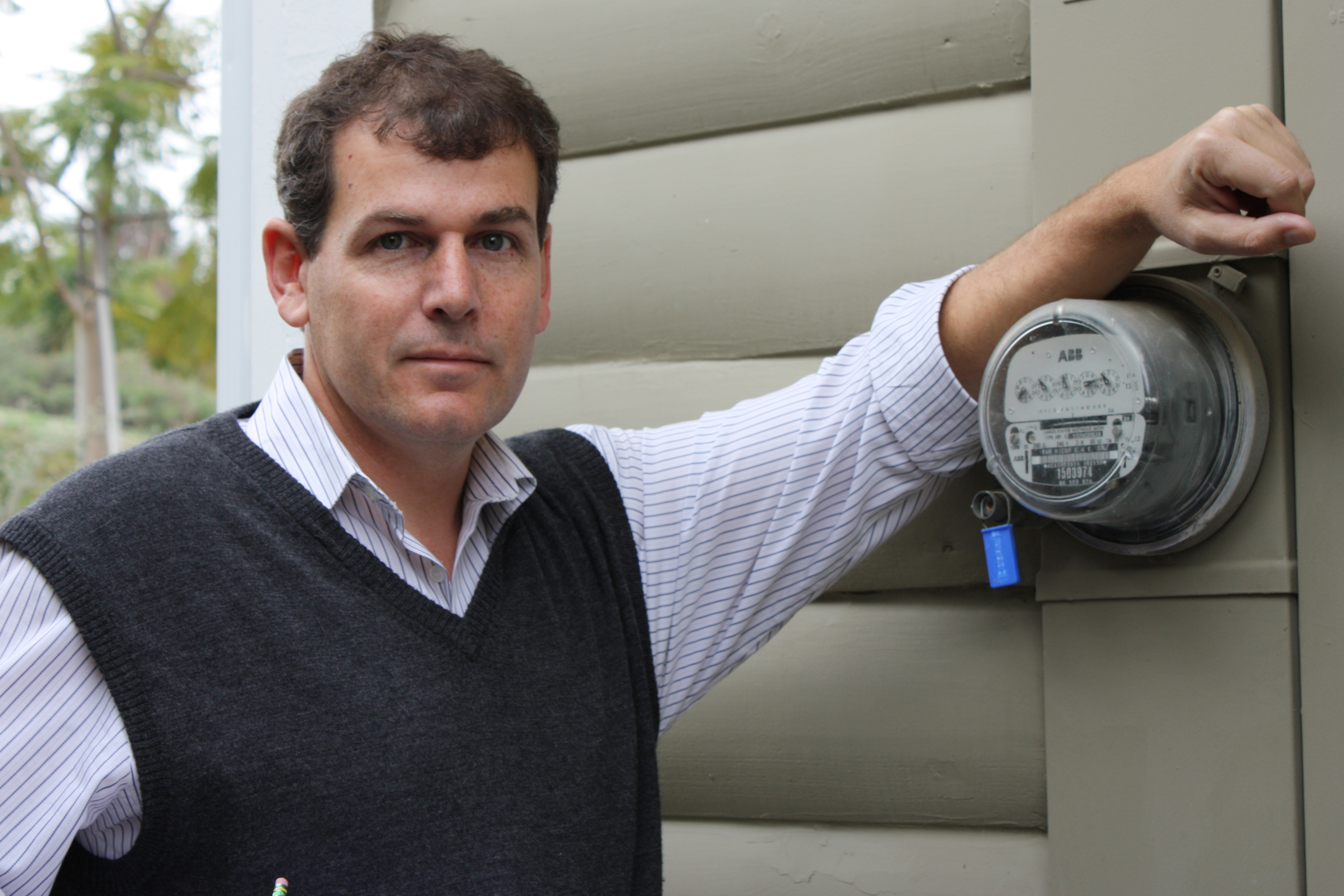New Study Reveals Peer Pressure to be Powerful Motivator in Energy Conservation
By Margaret Chantung
Cal State San Marcos Researchers, in partnership with SDG&E and Rainforest Automation, show that social norms motivate customers to positively change their habits.
San Diego County is a wonderful place to live and research on how to reduce energy consumption will help to keep it this way. According to a recent report by the American Meteorological Society, emissions that come from burning fossils fuels reached historic highs last year in the Earth’s atmosphere. Scientists nearly universally agree that any solution to maintain a healthy environment by reducing heat-trapping gasses, like carbon dioxide, methane and nitrous oxide, will depend largely on decreasing levels of energy consumption – either by changing people’s individual behavior or by adopting new, cleaner technology.
Individual households collectively are one of the world’s largest energy consumers. But what motivates the average person to cut back on their home’s energy consumption? In a recent study supported by a National Science Foundation grant to the Climate Education Partners of San Diego, and in partnership with San Diego Gas & Electric (SDG&E), CSUSM Social Psychology Professor Wesley Schultz and his team sought to find out.
For the study, approximately 460 single-family households in San Marcos, Calif., received a free home area network (HAN) device, the in-home Rainforest Automation EMU-2™ Energy Monitoring Unit. The devices were custom-coded to provide different types of feedback. Determined at random, some of the households received units that displayed the real-time cost per hour of their energy use; others received units that only showed how many kilowatts their home was consuming in real-time; and still others received units that showed how their energy use compared in real-time to other households in their neighborhood. The effects of the different types of feedback on household energy consumption were compared to a randomized control group that did not receive any feedback.
So what was the biggest factor in motivating consumers to reduce their energy use? Were they influenced by potential money savings? Did they cut back out of concern for the environment? Or were they affected by what their neighbors were doing? As it turns out, Schultz showed that people cut back more when they could see, in real-time, how their energy consumption compared to similar households in their area.
Households with the devices that showed how much money was being spent actually increased their energy use by three percent compared to the control group. Meanwhile, those that only had access to information about their own energy consumption decreased their use by three percent. Even more striking, residents who received devices displaying how their energy use compared to their neighbors’ reduced their consumption by 10 percent.
“We have found that one of the strongest motivators of energy conservation is not, as many would expect, practical concerns about money or the desire to be environmentally conscious,” said Psychology Professor Wesley Schultz. “In fact what motivates people to reduce their energy use is information on how their household compares with others in their neighborhood—peer pressure. When we see that our actions deviate from the group, we self-regulate and change our behavior.”
And this being the case, a little psychology can go a long way. There is strong evidence from a number of areas of psychological research that a person’s decision to engage in a behavior is strongly influenced by what other people do. According to Schultz, when it comes to motivating people to reduce their energy consumption, the best approach is to develop consumer messages and feedback that highlight the widespread degree of approval and support for conservation. In the case of energy conservation, there is widespread agreement that we should use energy wisely, and not to be wasteful or consume more than we need. In short, energy conservation is the norm.
The smart meter-connected devices used in Schultz’s study provided live updates to the users on their energy consumption every eight seconds. Easily installed, the HAN devices only required that each homeowner had a connection to the Internet and a PC or other device with a web browser.
“We are exited by the results of this landmark study into the effects of real-time peer energy feedback,” said Chris Tumpach, President of Rainforest Automation. “With the application of this easy to use technology, the more than 50M homes and businesses across the US that have smart meters could rapidly solve many of the country’s energy problems.”
Even small reductions in peak electricity demand on hot summer days can have a major impact on the stability of the power grid and play a part in slowing climate change.
“SDG&E is proud to be a partner with CSUSM and Rainforest Automation on this study, the results of which help prove the value of equipping utility customers with easily accessible information about their energy use,” said Caroline Winn, SDG&E’s vice president of customer services. “We are pleased to provide access to a variety of new types of home area network devices for our customers, allowing even more choice, convenience and control over their energy use and helping them save energy and money.”
SDG&E customers can now choose from more than 10 HAN devices, which have been tested and validated for smart meter compatibility, to purchase and install, and see how much energy they are using in near real-time and help identify high energy use appliances. Visit sdge.com/han for more information.
Decisions households make today regarding energy consumption will affect the lives of our children a few decades from now. Schultz’ study shows how to effectively encourage people to make energy choices that reduce emissions of heat trapping gases and preserves the beautiful quality of life experienced in the San Diego region.
Next Schultz plans to extend his study to include small businesses, another major consumer of energy. According to the Department of Energy, companies and organizations that reside in 50,000 square feet of commercial space or less consume 20 percent of U.S. energy.


